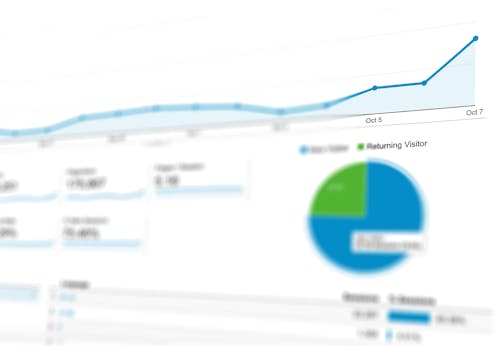Salterra SEO’s Strategy for Top Rankings
With the rise of digital business, ranking high on Google’s search results is vital to achieving online success. Salterra’s expert SEO services provides strategies to secure higher rankings. Throughout this guide, we’ll highlight how Affordable Web Design by Salterra works to improve your Google ranking.
What is SEO and Why It Matters?
Optimizing your website for search engines is more than just adding keywords to your website. It involves back-end fixes, high-quality content, and establishing a strong backlink profile. Salterra’s SEO team takes a comprehensive approach to boost your SEO, ensuring you see better results on Google.
How Salterra Finds the Right Keywords for Your Business
Successful SEO is built on finding the right keywords. Salterra leverages top keyword research tools to find the best keywords for your niche. By focusing on high-traffic keywords, Salterra’s SEO experts ensures that your website appears in front of the ideal customers.
On-Page SEO: Optimizing Your Website for Search Engines
After identifying your target keywords, on-page SEO is critical. The experts at Salterra focus on your site’s structure by making sure each page is built for search engines. Using proper title tags to ensuring keyword placement, every on-page element is addressed.
Creating the Right Content for Google
Content matters when it comes to appearing higher on search engines. Salterra understands the power of content. They create engaging and relevant articles that focuses on your keywords, delivering useful information. This helps you rank higher.
How Salterra Builds Quality Links for Your Website
An important part of Google’s ranking algorithm is backlinks. The experts at Salterra focuses on building authoritative backlinks from authoritative platforms in your industry. With more authoritative backlinks, the higher Google ranks your site. The link-building approach of Salterra focuses on increasing domain authority in the eyes of Google’s algorithm.
Technical SEO: The Hidden Key to Ranking Higher on Google
Behind the scenes, technical SEO impacts your rankings. Salterra addresses backend problems such as mobile responsiveness and crawlability. A well-structured website is more likely to rank high on Google, and the Salterra team works on making your site meets all these requirements.
How Salterra Tracks Your SEO Performance
Getting to the top is an ongoing process. The experts at Salterra analyzes your SEO results using data-driven insights. They provide clear, actionable data to reveal how your SEO is working. By refining your approach, your business can continue strong visibility.
Salterra’s Approach to Local SEO
If you’re a Local business that serve a geographic area, Local SEO is essential. Salterra improves your visibility for nearby customers by tailoring your SEO for local keywords. Salterra’s team collaborates with your business on Google My Business Optimization to ensure you dominate your local market.
Final Thoughts: How Salterra Boosts Your Google Rankings
Finally, Salterra SEO is focused on getting your site to the top of Google. Through comprehensive SEO strategies, you get the results you need. From keyword research to creating engaging content, Salterra’s team of experts is your partner every step of the way. Trust Salterra, your site will enjoy sustained visibility.


